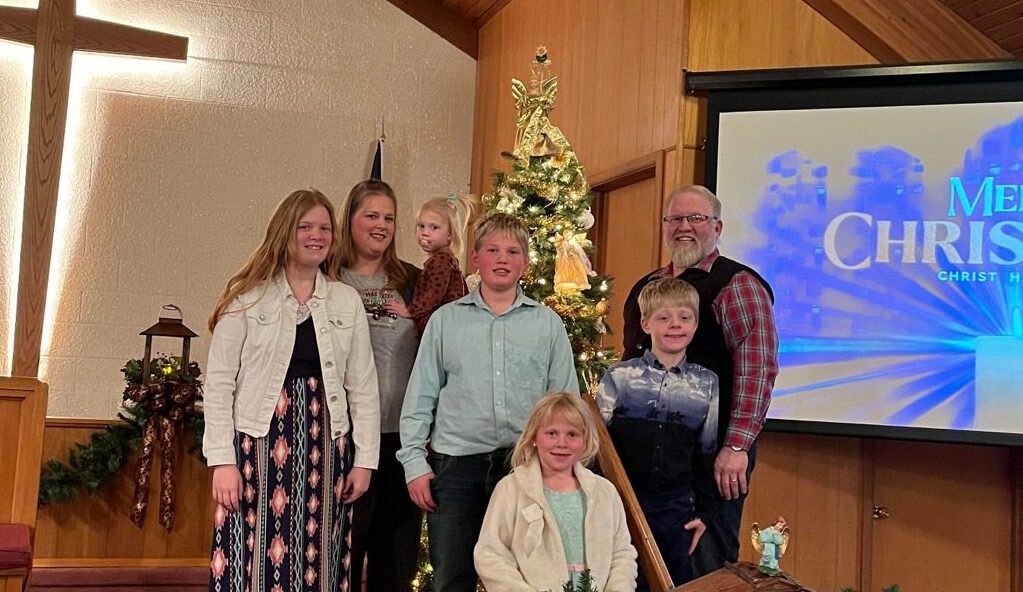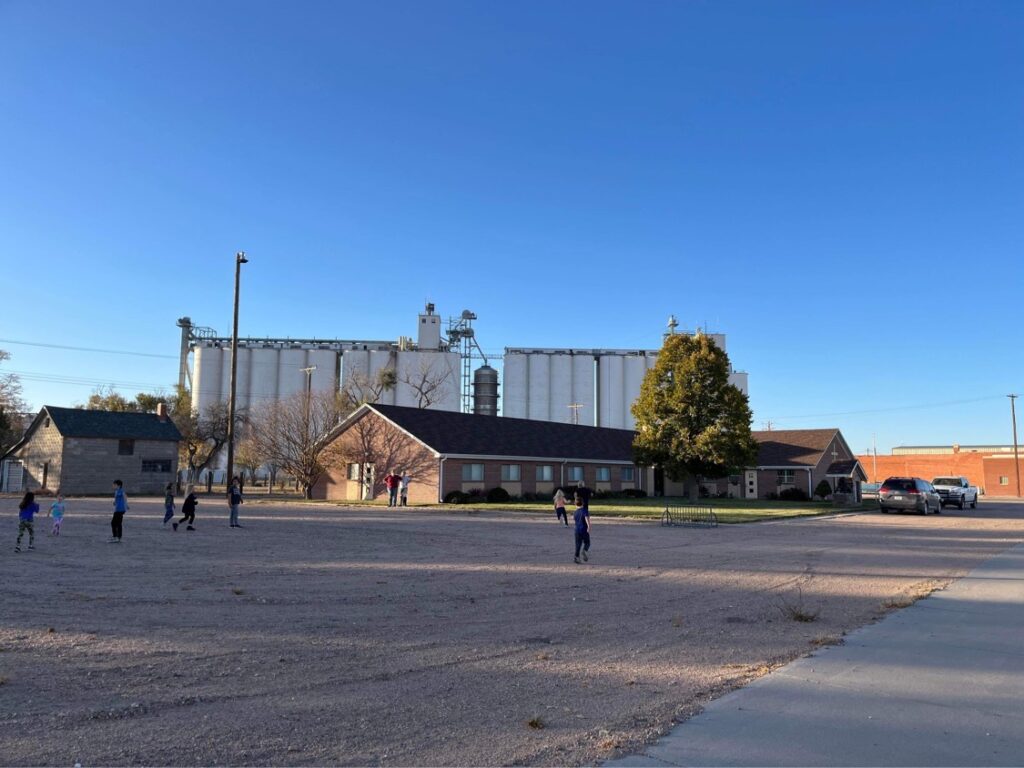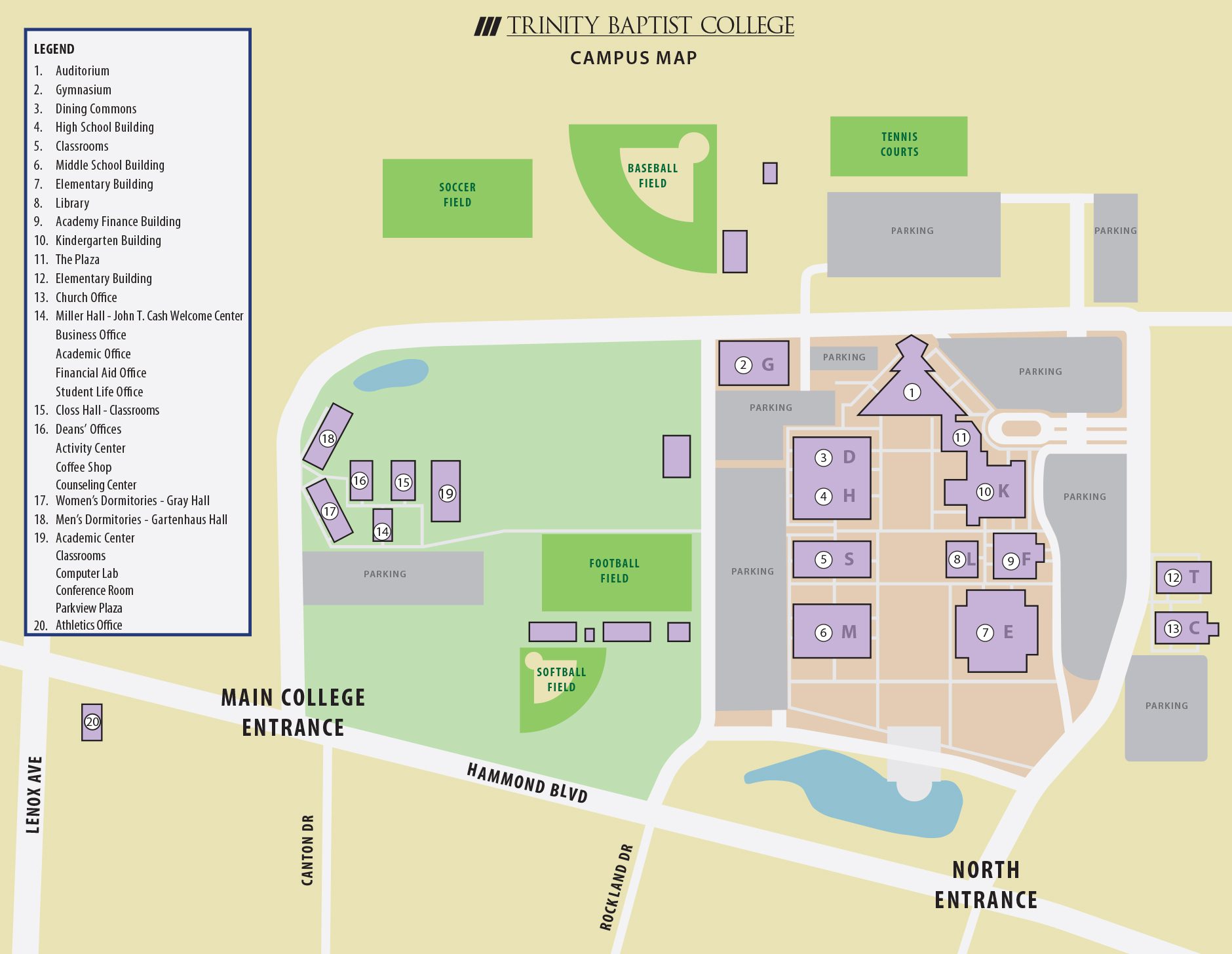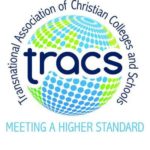Forgotten Places in America: the mission field next door

Gigantic swaths of open land dominate the Northwest USA landscape.
Some of it is farmland, some of it is desert, some of it is mountainous, but they have one thing in common: people are few and far between.
Nathan Bice has been serving as a pastor with Village Missions since 2014.
He and his family are currently located in Venango, Nebraska, located just a quarter mile from the Colorado border. Venango boasts one bar, one café, and zero grocery stores or gas stations.
Nathan first heard about the concept of church planting when he was in college at TBC. He was intrigued, but his experience in the south was that of churches on every corner – planting new churches seemed unnecessary.
In fact, Nathan recalls a conversation during which he said,
“I am not going to start a church in a town where there is a church on every corner and all they do is swap membership whenever they get mad at the preacher!”
His comment caught the attention of a mentor, who immediately connected him with Village Missions, a mission board dedicated to reaching the rural communities in America with dying or closed churches.
Until then, Nathan had no exposure to the many unchurched communities sprinkled throughout the vast Northwest. Over the years, Nathan and his family have served as missionaries in three churches: first in Oregon, then in South Dakota, and now in Nebraska.

Many rural American communities are shrinking; younger generations leaving with no intention to return. Once busy towns now have empty buildings, closed schools, and shuttered churches.
Speaking of Venango, Nebraska, Nathan says,
“The community we’re in now has a population of 175. It is the largest community of the three that we have ministered in. Back in South Dakota we had a population of 57. We actually have some decent jobs in Venango, but most kids who grow up in this area move and never come back, so things keep shrinking. Our local school closed in 1996, so the local kids ride the bus 18 miles to the next town. Our church was founded in 1888 when the railroad first came across the prairie. At that time Venango had a population of about 3000, and the church was running about 150-200. (For perspective, the current population of Venango is 157!)
Regrettably, suicide also plays a role in the population decline as suicide rates in rural America are quite high. As one of the few ministers around, Nathan is often called upon to officiate for any weddings or funerals, and Nathan says he has officiated “…more funerals that I want to try to count!”
In Nathan’s experience, everything about ministry in rural America must be approached with a unique mindset.
In many ways, the experience is more like that of a foreign mission field than your typical urban ministry. (This is why the term “American Missions” is often used in place of “church planting”.) For one thing, Nathan says that most of rural America is unchurched. And those who do attend church often suffer from a lack of clear biblical teaching.
“It is so important not to just get the gospel out but to get clear biblical teaching in these places. People are so confused. They see stuff on TV and jump to their own conclusions. Sometimes I’ll preach something basic and next thing I know I have someone who is 70 years old come up and say, ‘I’ve ever heard of that!’. That always gets me thinking about what I can do to fill in the gaps.”
One method Nathan has found very effective is to teach expositionally (verse-by-verse) through books of the Bible. Often, he begins in the book of Mark. This approach not only helps people understand the Bible in context, but also teaches them how to study the Bible itself.
With a grin and a thank you to a TBC professor, Nathan says, “Inside the flyleaf in the front is my hermeneutics stuff from Dr. Cash. I have that in all of my preaching Bibles. The 10 rules are in the front cover of each Bible. In the back I have the 18 figures of speech.”
A certain amount of grit and willingness to learn new skills is required to minister in rural communities.
Nathan and his family love the Midwest ministry lifestyle but he admits that it is unique. “You have to be built for this type of life!”
On any given week, Nathan is a substitute teacher, basketball coach for elementary and middle school, hay baler, cowhand… and then on Sunday he is pastor, song leader, youth pastor, counselor, and any other ministry hat you can think of.
He says, “As a pastor here I definitely don’t have time to sit in my office and study for hours each week, but I do have plenty of opportunities to talk about the Lord while doing a variety of other things. I wear blue jeans and boots every day and keep muck boots in the truck. A lot of ministry is done out in the community.”
The culture of each area plays a role in what ministry looks like.
Nathan says that some rural churches are running as few as 8 people while a handful get up to about 120. Some rural communities are comprised of individuals who moved there specifically to get away from people and community while other areas tend to be more open and friendly.
“The truth is, you aren’t going to grow a large church numbers-wise. 30-50 people is going to be your average. You’ll see people get saved, so [the churches] do grow sometimes, but with less people in the immediate area, you just won’t have big, exciting numbers unless you live close to a city where thousands of people live within driving distance. Most rural churches are so far out of the way that people just don’t drive there.”
But what some may view as a limitation, Nathan and Michelle embrace as an opportunity to become fully invested in individual lives.
From Nathan rolling up his sleeves to help change the oil in combine or work cattle, to Michelle helping the senior citizens make grocery runs – each day brings new opportunities to help people with their everyday life challenges. Michelle is also working toward getting certified to teach in the public school system. This will open doors to meeting more people in the surrounding rural communities. Being present in the educational system or local athletics is an effective way to connect with families in neighboring towns.
One of the things that Nathan loves about rural ministry is the fact that he gets to minister to the people who are literally feeding America.
“Most people have no idea where their food comes from. I do because I see it – almost all of it comes from this area; the farmers and ranchers… and those are people who I get to minister to!”
Most rural communities have never had more than one service per week. The weekly ministry schedule in Venango looks something like this:
“We meet on Sunday mornings for a church service. Then, on Wednesdays we have started an after-school program. The school bus stop is in the church parking lot, so when it pulls up in front of the church most of those kids come in the building. We have about 17 who come regularly. We have few local teens, so youth ministry has been hard. I typically encourage them to visit another ministry that has a larger group of youth, but it is a drive.”
The interesting thing is, that even out in the middle of nowhere, God sends new people their way.
The weather can be fairly dramatic in the Mid-west, and that is exactly what has provided the most recent opportunity to share the gospel outside of their isolated community.
This winter, Venango, Nebraska has pushed through five blizzards so far. Often this means being snowed in for 3-5 days at a time. Nathan says that the entire area was underprepared for their first blizzard.
“With the first blizzard, no one believed anything would happen – you know how it goes. But we got 12 inches of snow with 70mph winds! The drifts were 30 inches deep here. The fire department called us saying they had stranded motorists everywhere. There are no motels, and of course the roads were closed. In some places, they were dealing with 7ft deep, 50ft wide drifts.”
With no stores in town, Nathan and Michelle walked to neighbors, gathering spare blankets, pillows, and food, and took it all down to the church building. They opened it up to whoever needed shelter. Over the next four days, their tiny town of 137 people had 23 unplanned “guests” take emergency shelter in their church building as the local rescue teams dug them out of drifts.

While these rural towns are considered forgotten areas of America, the forgetting has been on our part as believers – not God’s.
Sharing the gospel in rural America can be a challenge, but the biggest challenge may be our willingness to overcome blind spots in our own understanding. Nathan says one blind spot is the lack of training that specifically addresses reaching rural America.
“When you’re learning about church planting, they don’t typically train people to go out to a town of 150 people to plant a church.”
While reaching the cities is certainly important and an effective strategy, there are also dozens of pockets of people who have no intent to leave their rural homes. Who will reach them?

Nathan says there are some common misconceptions about church planting in rural America that he believes have hindered ministry in those areas.
In some cases, these misconceptions deter people from getting involved in the first place. In other cases, those who do become missionaries in rural America are blindsided by challenges they did not anticipate.
He shares a few of those misconceptions he has encountered:
Misconception #1 – Being a missionary in America is the easy way out – there is no sacrifice involved.
“I live farther away from family than some missionaries I know who serve in foreign countries! I grew up very family oriented. For me, the sacrifice of being away from family is real. I see my parents once a year when they visit us. Every 4 years or so we try to get to Georgia. My kids don’t get the opportunity to be with family.”
Raising support can also be challenging. Since people and churches are not as open to supporting missions in America, it may require the missionary to take on some side hustles.
Misconception #2 – Culture shock isn’t a factor.
“There are so many different cultures within the United States, it is unbelievable… in most rural communities it is probably going to take about 4-5 years before people in the community begin to accept you.
In Oregon we were SO different in every way… things that would work in the South could get you shot there. I had to remind myself that it was not my responsibility to save – I cannot save anybody. I can only present the gospel and I have to leave everything else to the Holy Spirit. I was used to the south – you invite people to church – they actually show up! There, we witnessed and worked with people and they just stared at us with zero interest.”
Misconception #3 – America doesn’t need any more churches.
While there do seem to be an abundance of church buildings, many of them are dying or empty. This is especially true in the Midwest and Northwest.
“One big number that people don’t understand in America is that 9 years ago, when I started in Village Missions, 2500 evangelical churches close each year. That number is now about 7000 in the US. It is very alarming… I personally know of 30 churches right now that we need pastors for.”
Nathan and Michelle absolutely love doing ministry in Nebraska. Their love for their community is evident in their involvement and constant desire to make a difference and teach the Word of God faithfully.
Click here to watch a video update directly from Nathan Bice Family
To learn more about Village Missions, please visit: https://villagemissions.org/








2 Comments
Great Post! Glad to hear about Nathan and his family and the work they are doing!
Thanks for the wonderful report and update about Nathan’s ministries through https://villagemissions.org/ in rural America. I firmly agree that America has become a forgotten mission field, and it is sad that more Christian Americans do not see the need to financially, emotionally, and physically support missions in rural America. Thank God for pastors willing to take on this challenge! I pray for many to become interested in supporting https://villagemissions.org/.